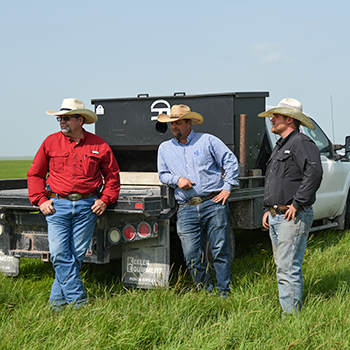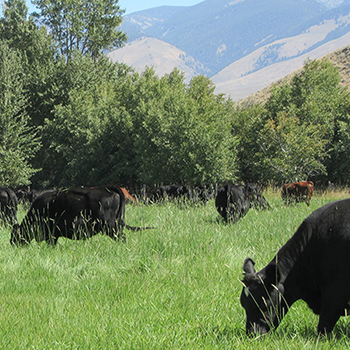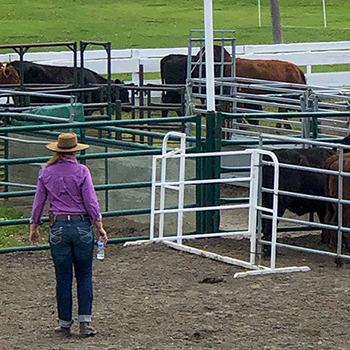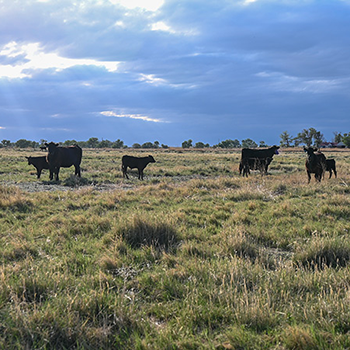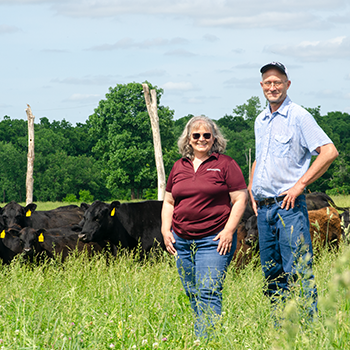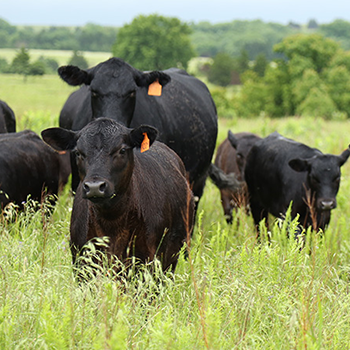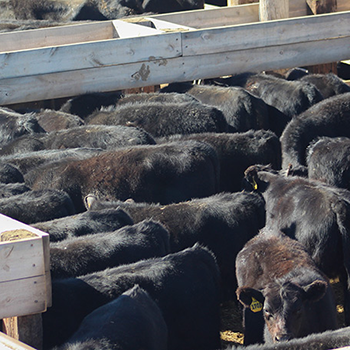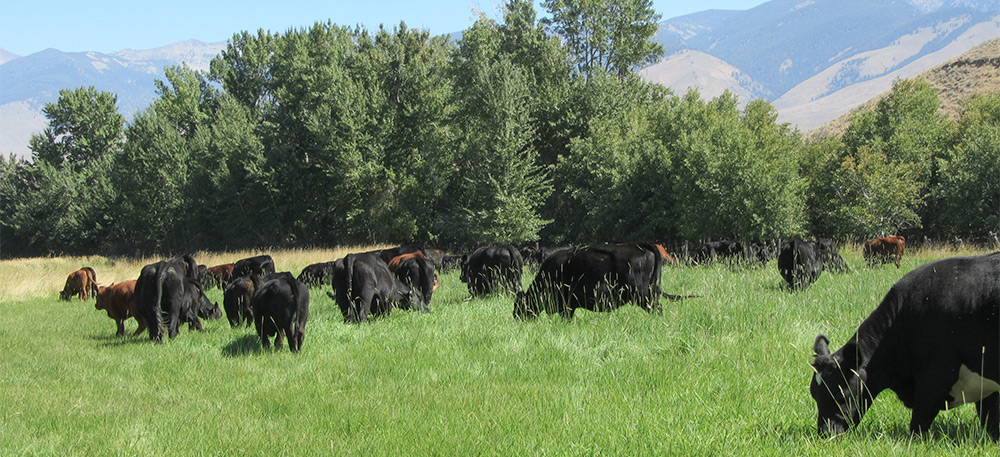
Flexible Leases
Rental rates that flex with the cattle market offer benefits to both producer and landlord.
Many stockmen lease summer pasture, and the cost is usually based on a per-pair, per-month basis. If prices are high enough to cover this part of the annual expense of keeping a cow, this usually pencils out for the producer to have a profit when the calves are sold. If yearling prices are high enough, the same applies for a stocker operation.
Market fluctuations have become more of an issue in recent years, however, because cash rental rates paid by cow-calf and stocker producers have trended upward during the last 15 years. The University of Nebraska–Lincoln (UNL) Department of Agricultural Economics has been tracking rental rates since 1981, on a price per-pair, per-month basis, as part of an annual survey.
One difficulty with pasture rental rates is that they are relatively fixed within a given year. This benefits the landlord by providing a steady stream of income, but it can be detrimental to the cattle producer, whose income varies with cattle-market cycles and weather conditions.
Creating flexible grazing leases is one alternative that is becoming more popular among producers and landlords. Cow-calf-pair, per-month rental rates are allowed to flex within a predetermined range, conditional on one or more market factors. These may include animal performance, market conditions, and/or productivity of the grazing land, which might include weather considerations.
Elliott Dennis, assistant professor of livestock marketing with the Department of Agricultural Economics at UNL, says some factors are insurable to mitigate some of the risks for the producer.
“We are essentially paying someone to take on that risk for us, so it’s not that the risk has disappeared; someone else has assumed the risk,” he says.
“A classic example of passing a risk to someone else would be if you have a mortgage on a home, you would buy home insurance. The bank transfers the potential of losing the asset — passing that risk to the insurance company — and the company guarantees that if your home gets destroyed, the payout would go to the bank,” he said.
When talking about livestock products, it generally includes futures and options. More specifically, this means the USDA’s Livestock Risk Protection (LRP), which essentially sets a floor price, explains Dennis. If people are flexing on the feeder-cattle index, a 7% decline in that index means the producer pays 7% less in grazing lease fees. Some of that 7% is made up by receiving indemnity payments.
“In the down years, we pay less because we have less money coming in, with the low markets. We don’t want periods where we have high costs and low income,” Dennis says. “That’s the nice thing about flexing it on our revenue rather than on our costs. When we have periods of low revenue, our cost for pasture rent goes down.”
A benefit of linking rental rates to market conditions is that most of these market risks are insurable. The grazing season may be unpredictable, but there are opportunities to lock in profits for producers who are watching the markets and have a good idea about their cost of gain.
Looking long-term, some producers may benefit from establishing flexible grazing leases tied to market conditions that are insurable with a market-based product such as Chicago Mercantile Exchange (CME) futures options, USDA LRP, or other pasture and rainfall insurances offered from USDA. The tenant could use the USDA Risk Management Agency’s (RMA) subsidized LRP product on the day that cattle were placed on grass to insure against a drop in price.
“One of the big benefits for the person renting pasture is that he/she can defer some of those higher costs until a later day when they have more income. The benefit for the landlord is that it helps ensure having a long-term renter who is not going to go out of business,” Dennis says. “There is always some turnover, but one thing about renting pasture is that it tends to be location-specific. There are usually a limited number of people who could potentially rent that land.”
If you have a good renter, you’d probably prefer to stick with that person, even if some years you get less income. The two parties get to decide what those limits would be — with a floor and a ceiling. The pasture rental rate can’t go above or below those specific amounts.
“This is helpful for both parties — cost control for the livestock producer and income protection for the landlord, who can’t have years where there might be zero income,” notes Dennis.
Communication beforehand is important.
“The rental agreement always starts with a conversation. There are benefits for both the landlord and the person renting the pasture, but they need to start that conversation to see the possibilities and what they want to agree upon that would be satisfactory to both parties,” he says.
If you are concerned about the actual number of days you can graze, this could be another variable. In some situations, including drought, a person may not be able to graze cattle on the piece as long as hoped. In a flexible lease, a seasonal rate could be converted to a daily rate, so the cattle producer only pays for the actual number of grazing days.
Editor’s note: Heather Smith Thomas is a freelance writer and cattlewoman from Salmon, Idaho.
